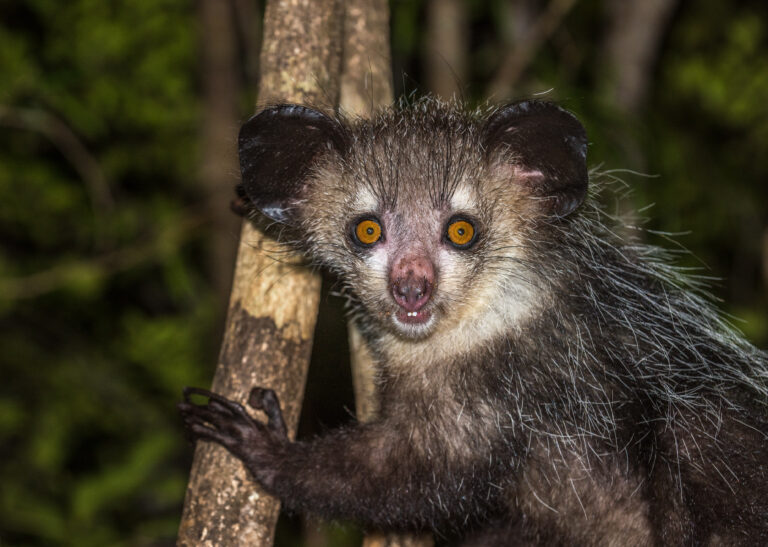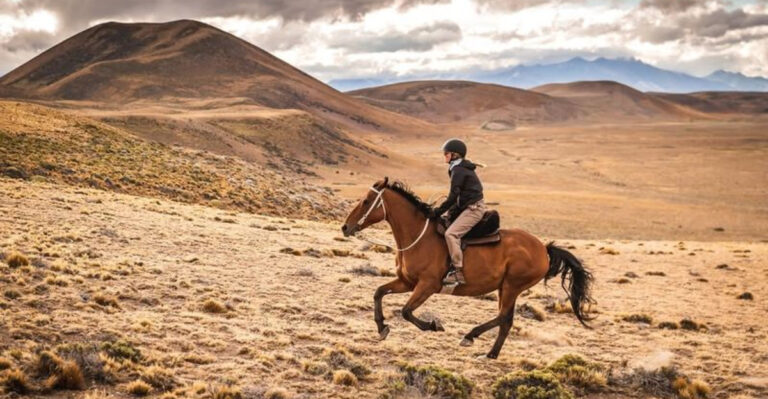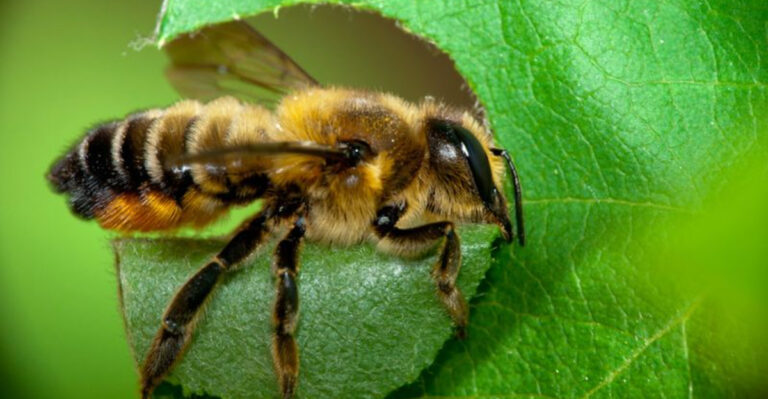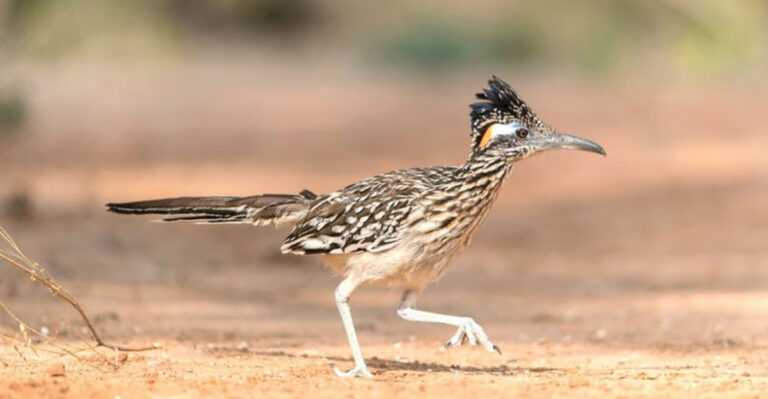13 Reasons Why Owls Are Feared In African And Native American Folklore
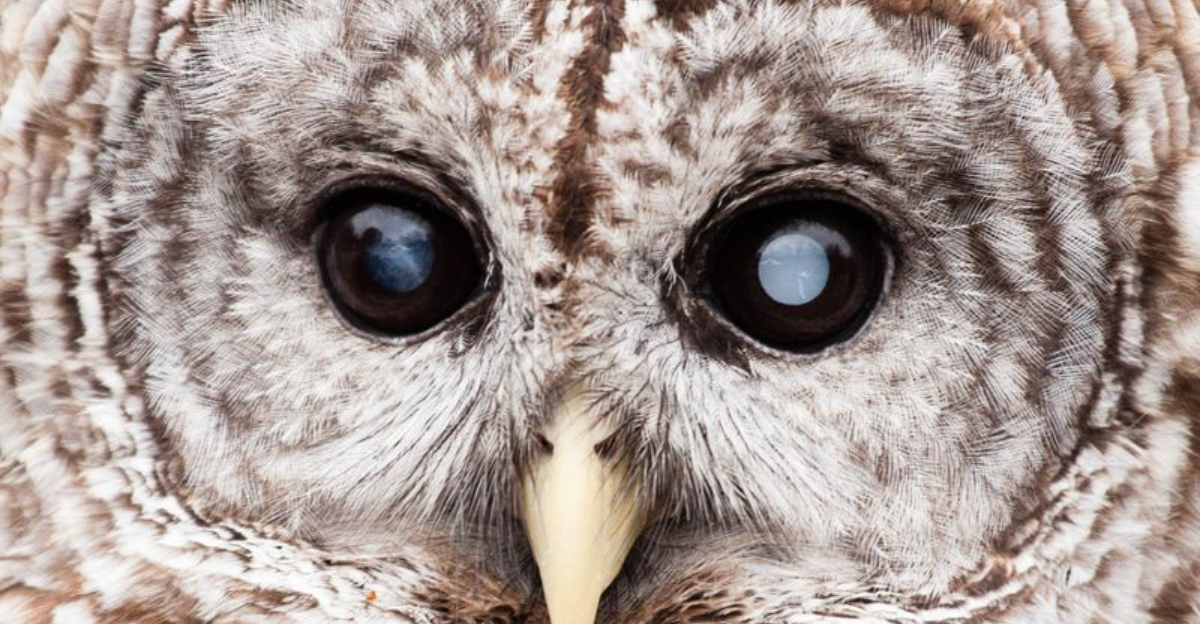
In the shadows of night, few creatures inspire as much supernatural dread as the owl. Across continents and centuries, these nocturnal birds have become powerful symbols in folklore, particularly in African and Native American traditions.
Their silent flight, piercing calls, and ability to see in darkness have transformed them from mere birds into messengers of mystery and harbingers of doom in many cultural beliefs.
1. Messengers Of Death
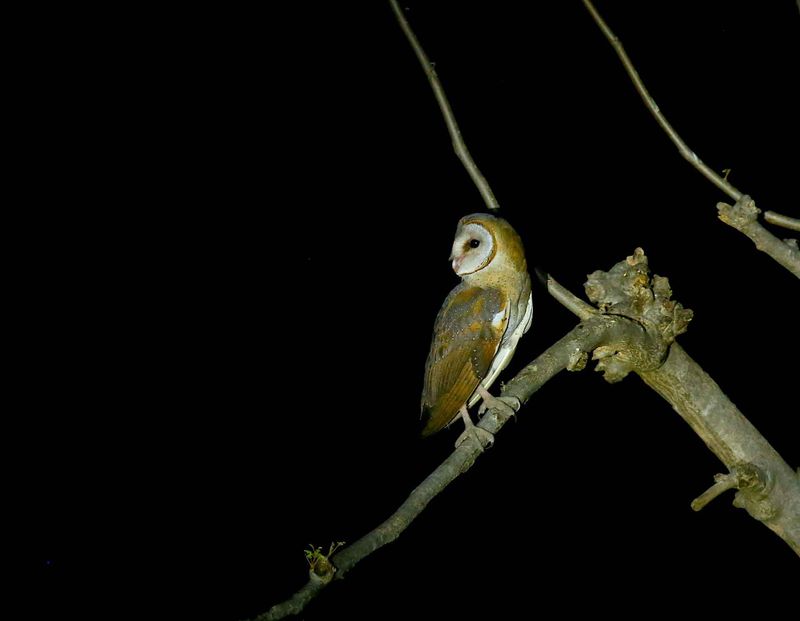
Hearing an owl’s call near your home might make your blood run cold if you lived in certain African tribes. Many communities believed these nocturnal visitors announced someone’s imminent death.
The Pedi and Zulu tribes particularly feared the barn owl’s screech, considering it an omen that the Grim Reaper would soon visit. Similarly, many Native American tribes viewed owls as psychopomps – spiritual guides who escorted souls to the afterlife.
2. Night Vision Mysteries

An owl’s ability to navigate complete darkness seemed like witchcraft to ancient peoples. Those glowing eyes that pierce the blackest night represented supernatural sight beyond human capability.
For the Pawnee tribe, this night vision symbolized a dangerous connection to dark spirits. African folklore often portrayed owls as the eyes of sorcerers, allowing them to spy on communities after sunset and gather secrets for malevolent purposes.
3. Shape-Shifting Sorcerers

Whispers spread through villages that witches and shamans could transform into owls to perform their midnight mischief. This belief was particularly strong among the Hopi and Navajo tribes.
Many African cultures shared similar convictions, believing that owls weren’t always birds but sometimes humans in disguise. The silent flight pattern made this even more suspicious – how else could something so large move without making a sound unless magic was involved?
4. Soul Stealers
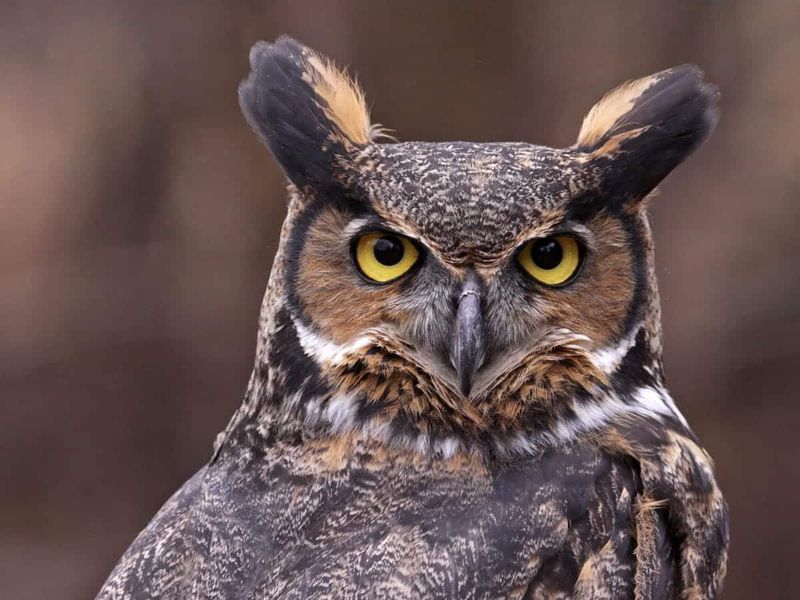
Across numerous African cultures, owls weren’t just death announcers – they actively participated in the process. Folk beliefs warned that these birds could snatch away human souls, especially from sleeping children.
The Ojibwe people shared similar fears, believing that the great horned owl’s hoot could lure souls from bodies. Parents would perform special rituals to protect their children when owls nested nearby, hanging protective charms to shield vulnerable spirits from these feathered soul-catchers.
5. Forbidden Knowledge Carriers
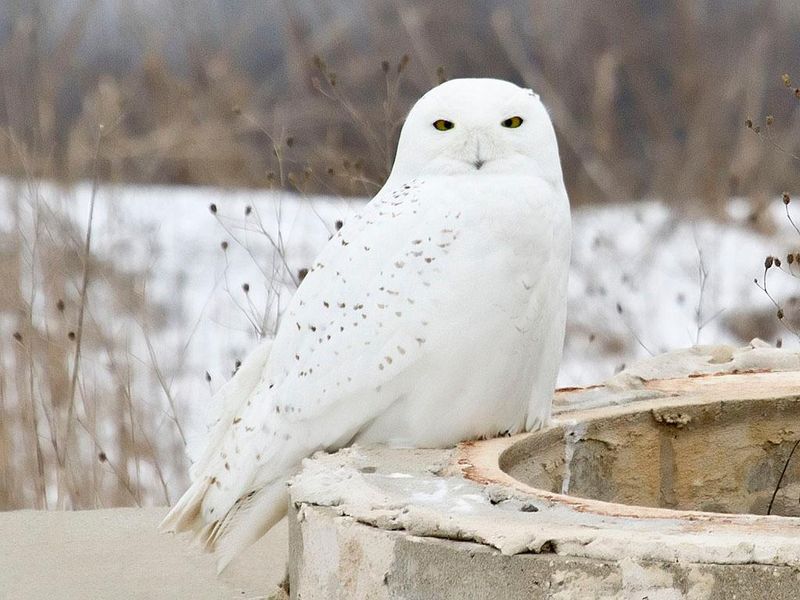
Ancient wisdom keepers warned about owls possessing dangerous knowledge not meant for human minds. Their watchful presence during sacred ceremonies was considered a terrible omen.
The Seminole tribe believed owls retained memories from the beginning of time. Meanwhile, West African traditions portrayed owls as creatures who knew too much about the spirit world’s secrets. This forbidden wisdom made them dangerous – knowledge that could drive ordinary people to madness if shared.
6. Weather Catastrophe Heralds
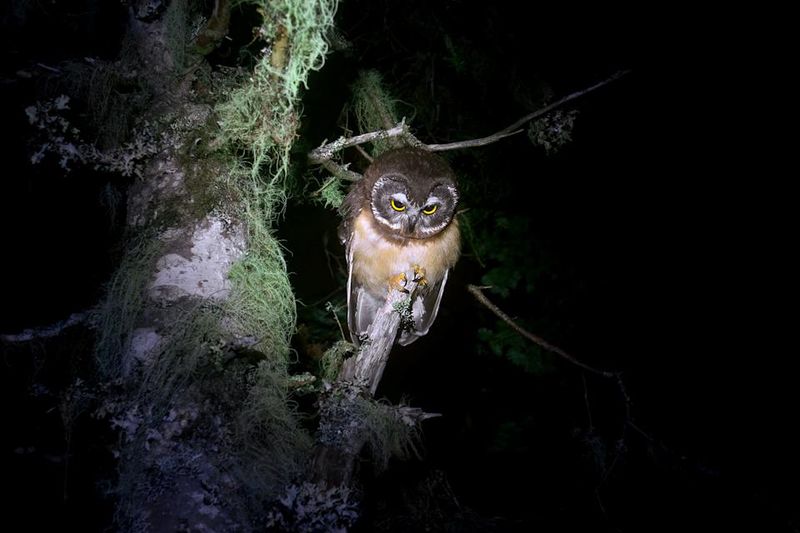
Strange behavior from owls sent communities scrambling for safety in many traditional societies. When these normally solitary birds appeared in groups or during daylight hours, people prepared for environmental disaster.
Zuni folklore connected screech owls to approaching storms and floods. Several African farming communities similarly watched owl behavior as weather predictors. Their appearance in unusual places or times signaled droughts, locusts, or destructive storms that could devastate crops and threaten survival.
7. Ghost Companions
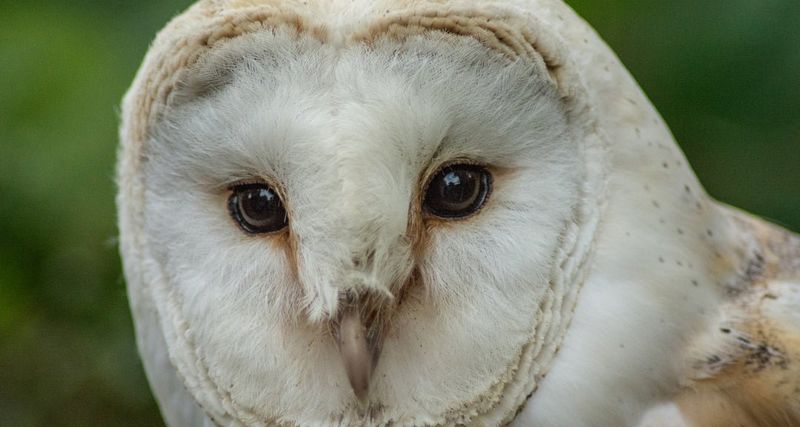
Ghostly apparitions rarely traveled alone according to many tribal beliefs – they brought owl escorts. The connection between these birds and the restless dead appears consistently across different continents.
The Cherokee associated owls with ghosts and unnatural death. Similarly, several East African communities believed owls served as vessels for ancestral spirits who had unfinished business. Their appearance near homes indicated a deceased relative’s presence, especially if someone had died under suspicious circumstances.
8. Cursed Nesting Sites
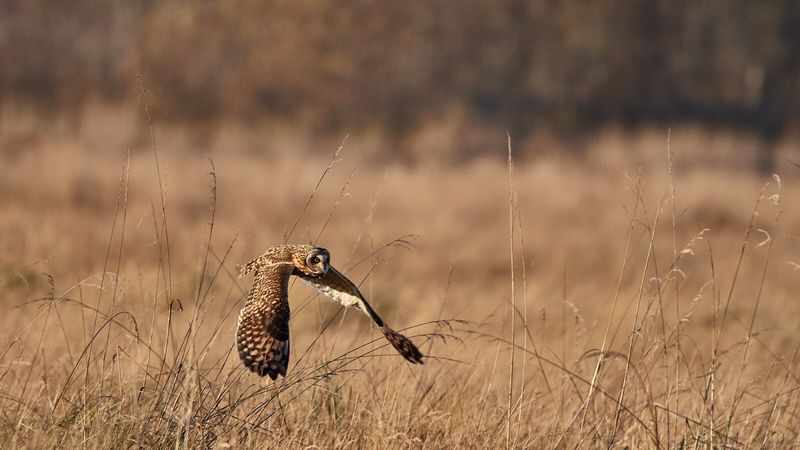
Finding an owl’s nest near your home meant trouble brewing. Across various cultures, these nesting locations were considered spiritually contaminated ground that brought misfortune to anyone nearby.
The Hopi particularly feared owls nesting in abandoned dwellings, believing the birds chose places already touched by death. Several African traditions taught that land where owls nested became barren. Farmers would perform cleansing ceremonies if owls established territory near their crops, hoping to remove the curse.
9. Child Snatchers
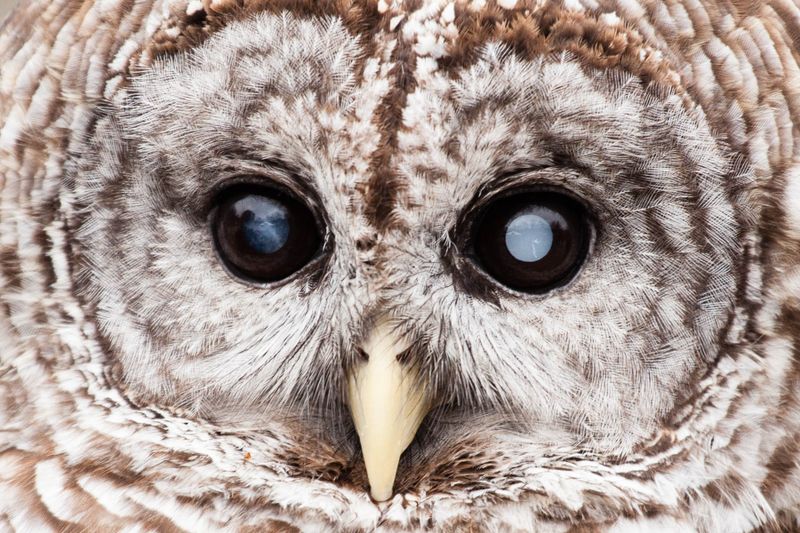
Parents frightened misbehaving children with warnings about night-flying kidnappers. The tale of owls carrying off disobedient children appears with remarkable consistency across different cultures.
Among the Sioux, owl stories kept children from wandering after dark. Various African communities shared similar cautionary tales. The larger owl species, like eagle-owls and great horned owls, were particularly feared as child-snatchers because their impressive wingspan and strength made the stories seem plausible.
10. War And Conflict Omens
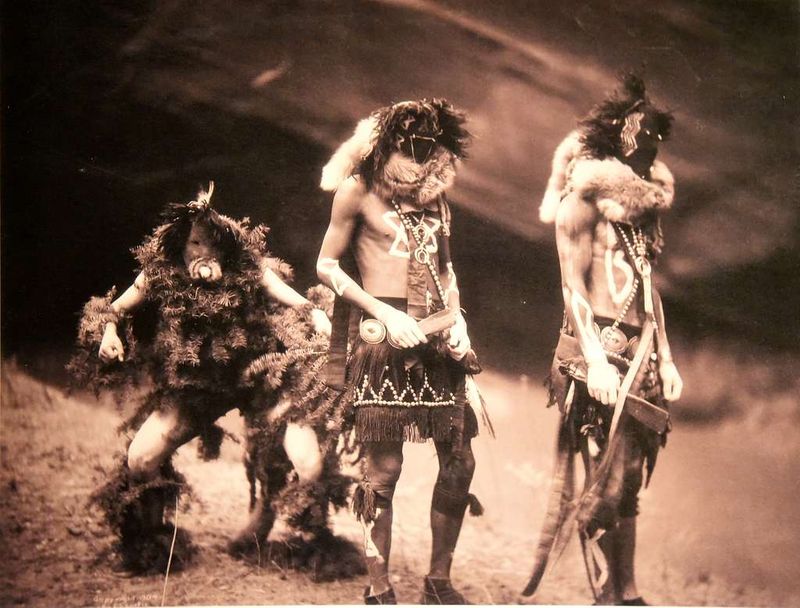
Warriors listened carefully for owl calls before battle. Their presence near war councils or camps could change military plans entirely in many tribal societies.
The Apache associated the great horned owl with their war god, believing its appearance foretold bloodshed. In parts of West Africa, owls flying over villages during disputes between communities signaled escalation toward violence. Chiefs might postpone planned raids if owls appeared in unusual numbers, fearing catastrophic losses.
11. Fertility Disruptors
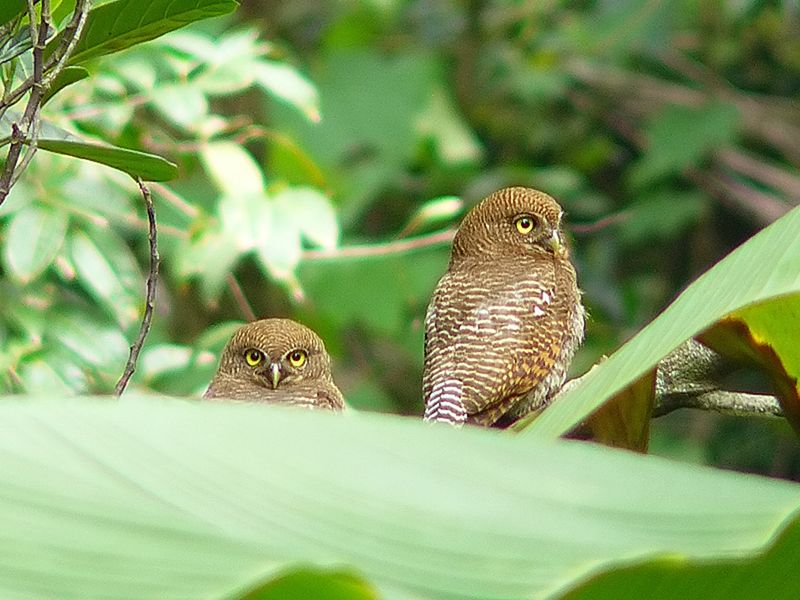
Expecting mothers avoided even mentioning owls in many traditional communities. These birds were believed to possess the power to complicate pregnancies or cause birth defects.
Zulu women performed special rituals if owls nested near their homes during pregnancy. Similar beliefs existed among certain Native American tribes, particularly the Navajo. Owl feathers were strictly forbidden in homes with pregnant women or newborns, as they were thought to bring nightmares to unborn children.
12. Dream Invaders
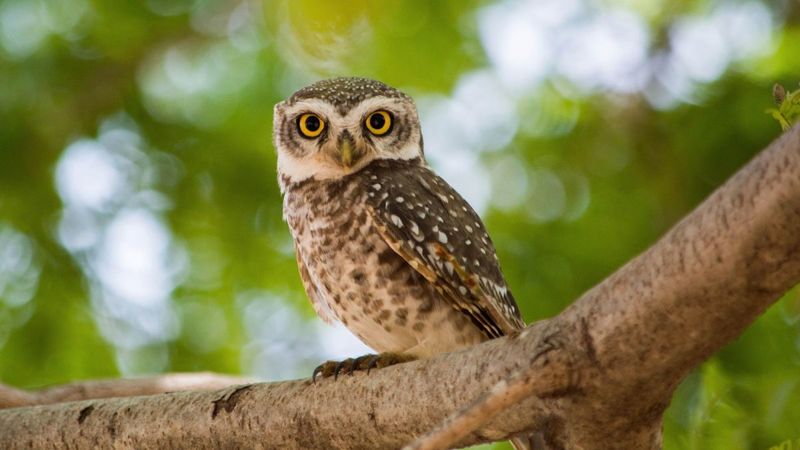
Sleep brought no escape from an owl’s influence according to traditional beliefs. These birds were thought capable of entering dreams and planting dangerous thoughts or stealing secrets from the unconscious mind.
The Lakota Sioux particularly feared dream visitations from owls. Across various African cultures, dreaming of owls indicated spiritual attack. Special protective charms were placed near sleeping areas to prevent these nocturnal intrusions, especially for children and spiritual leaders whose dreams were considered more vulnerable.
13. Taboo Utterances
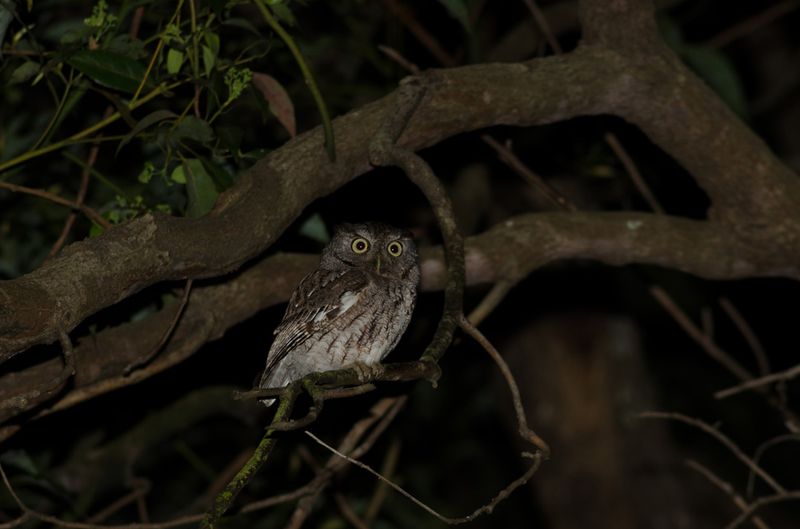
Speaking an owl’s name aloud invited trouble in many traditional communities. Some cultures developed elaborate linguistic workarounds to discuss these birds without direct naming.
The Navajo considered it dangerous to even imitate an owl’s call. Similarly, several African tribes used euphemisms rather than direct names when referencing owls. This linguistic taboo reflected the deep-seated belief that naming something powerful could summon it – and nobody wanted to accidentally call an owl’s attention to themselves.

